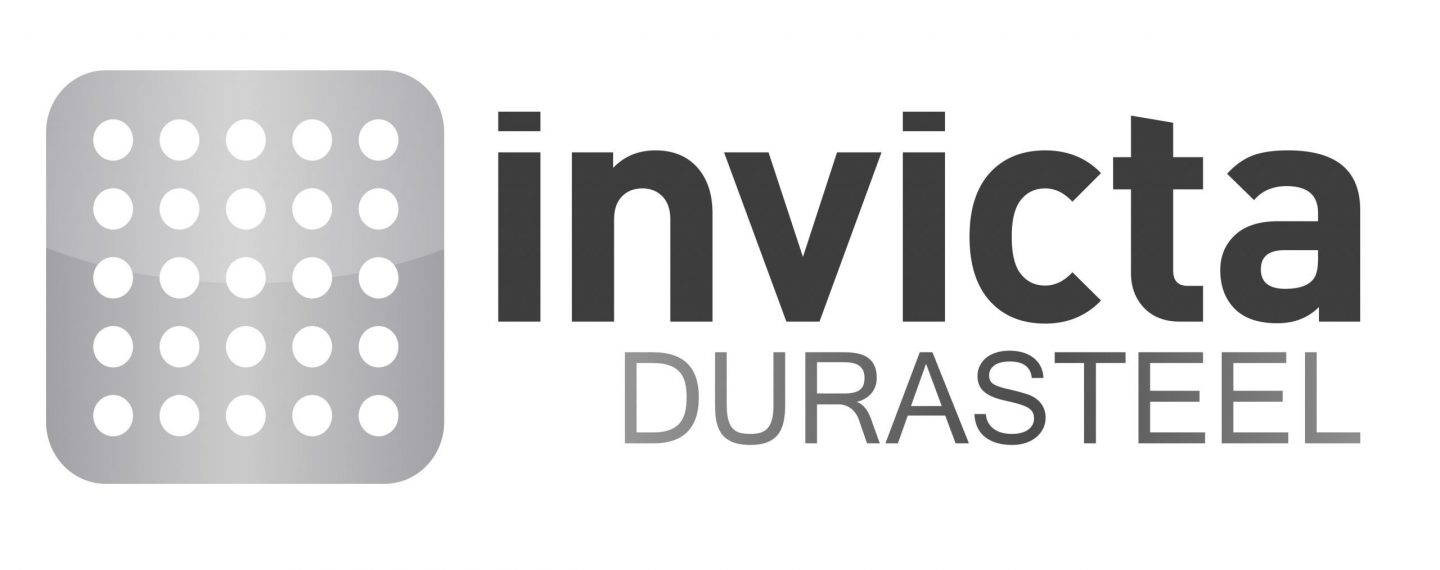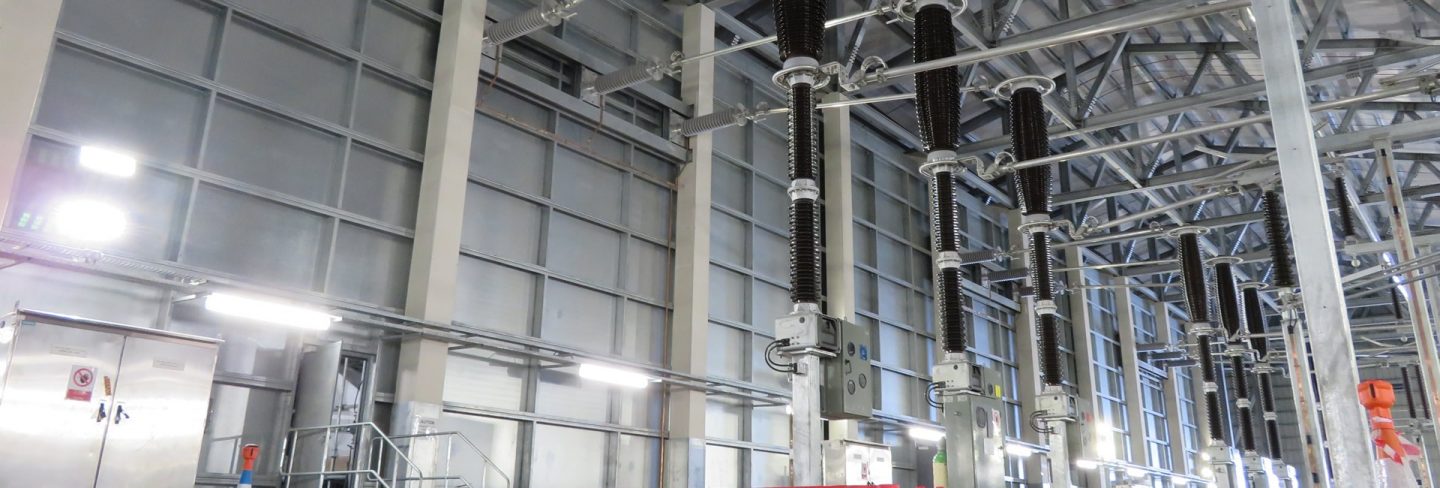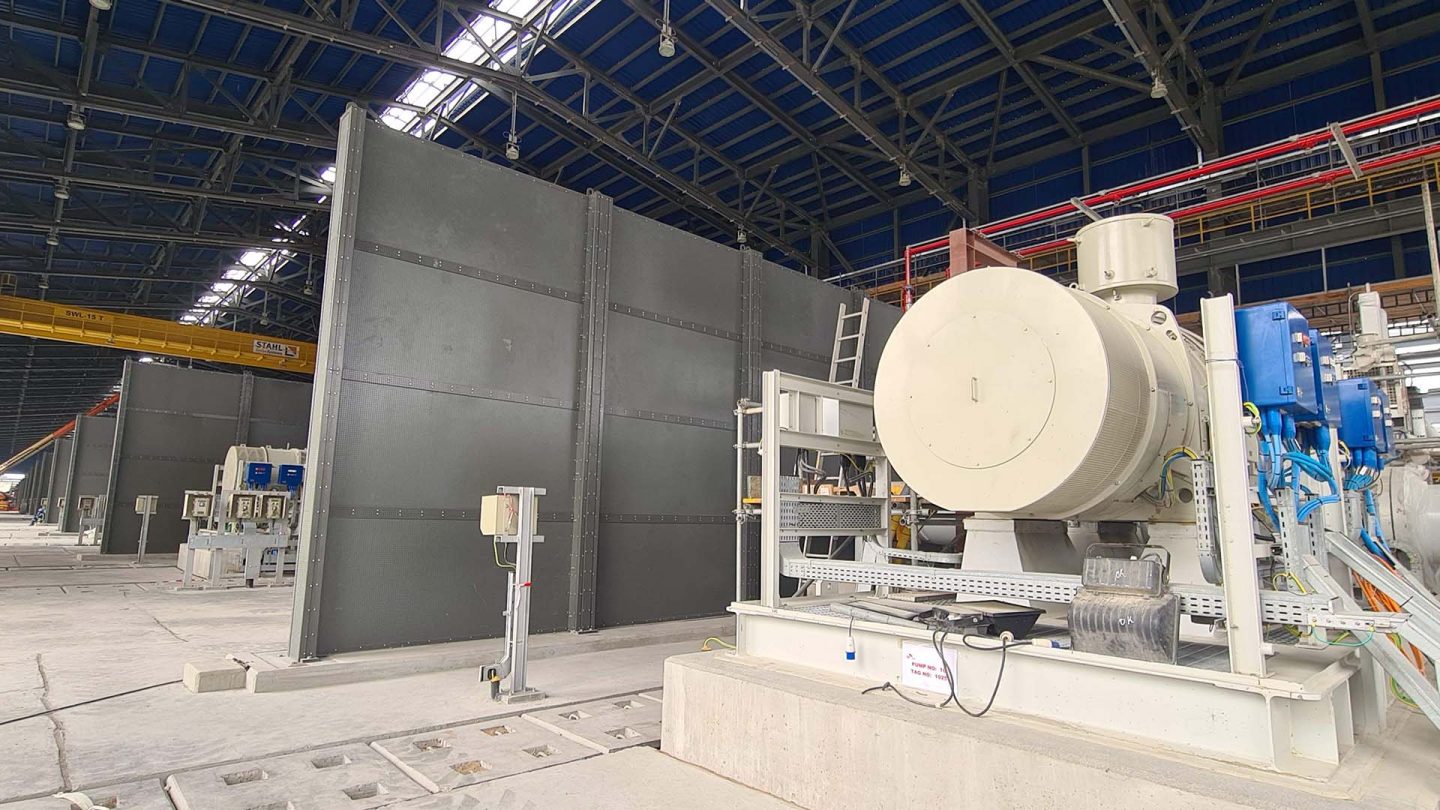For your information
You are being redirected to one of our divisional subsites which contains more detailed information on the required division. To navigate back to the main Invicta Group site, please click the link found in the footer at the bottom of the page.
- Durasteel
Discover the benefits of Durasteel
- Systems
Systems
- Expertise
Expertise
-
Applications
- Aircraft Hangar Fire Protection
- Battery Storage Facilities
- Building Fire Compartmentation
- Anti-Terrorist Blast Protection
- Cable Tunnel Fire Compartmentation
- Equipment Delivery Hatches
- Equipment Enclosures
- Heat Shields
- Power Station Fire Protection
- Metro and Rail Fire Protection
- High Voltage Cable Protection
- Substation Fire & Blast Protection
- Tunnel Fire Protection
- Oil & Gas Fire & Blast Protection
- Ventilation Systems
- Wind Farm Fire Protection
-
Applications
- Projects
- Insights
Insights
-
Articles
- Blast Protection System Design Considerations & Design Criteria
- How to Conduct a Fire Risk Assessment for Factories and Warehouses
- Minimising the Risk of Fire, Blasts & Explosions in the Middle East
- Integrity, Stability and Insulation in Passive Fire Protection
- Triangle of Fire & Active vs Passive Fire Protection
- Frequently Asked Questions
- A to Z of Terms
-
Articles
- Contact
Contact

UK +44 1843 220 256

US +1 305 328 9444

UAE +971 4 277 6225

Qatar +974 4441 4340

India +91 99 0355 9793

Malaysia +60 16 286 6225
- Start your project
How Climate Change Could Bring About a Fire Safety Crisis
12th December 2021
Addressing a growing threat
Quick Quote
Contact Fraser Shearer Sarun Vysakham Ben Tan Azim Rizvi Anand Raghavan Our USA Office
To get a quotation or arrange a free site survey - Call Fraser Shearer Sarun Vysakham Ben Tan Azim Rizvi Anand Raghavan Our USA Office on
-
 UK
UK
-
 UAE
UAE
-
 Malaysia
Malaysia
-
 India
India
-
 Qatar
Qatar
-
 USA
USA
Current location:
Quick Quote
Contact Fraser Shearer Sarun Vysakham Ben Tan Azim Rizvi Anand Raghavan Our USA Office
-
 UK
UK
-
 UAE
UAE
-
 Malaysia
Malaysia
-
 India
India
-
 Qatar
Qatar
-
 USA
USA
Current location:
Climate change is an undisputed fact, and it has severe repercussions for all life on earth. As well as damaging delicate ecosystems and dooming wildlife, climate change poses a risk to human life, and presents new challenges to world governments.
The impact of wildfires has been rendered in terrifying clarity by recent news reports. Yet climate change also poses less obvious safety risks, specifically in terms of fire safety. As temperatures rise, we will all need to think differently about the dynamics of fire safety, and adapt our approach to the growing risks.
A hot topic
The number of climate change sceptics seems to be diminishing with each passing year. Its effects are becoming more tangible, and can be seen in both the increase in extreme weather events and the impact on the wildlife around us. Perhaps the most extreme impact has been in areas already prone to wildfires, where the hotter and drier weather has proved disastrous.
Australia is still recovering from the months-long wildfires last year, which destroyed swathes of the country’s woodland and killed untold millions of animals. The damage was so extensive that its full impact is still unknown, and it’s possible that entire species unique to the island have been rendered extinct. This has been followed by flooding this year, which has contributed in part to a plague of mice eating grain and swarming basements.
Wildfires have similarly raged in Iberia, Brazil and the United States, with the latter suffering a particularly well-publicised wildfire in 2020. Thought to have been started by downed power lines, the August Complex fire was the largest in Californian history and the first to be classified as a ‘gigafire’, consuming over 1 million acres and causing $12 billion in damages. The number and severity of other extreme weather events has also increased, including an unseasonal blizzard in Texas, and a number of tornadoes and hurricanes.
The new normal
All infrastructure tends to be built to withstand the weather that’s typical for that region. For instance, houses in the UK are typically built to retain heat, as this is most helpful for the majority of the year. You wouldn’t expect to have to protect structures from the possibility of wildfires in the UK anymore than you would need them to be tornado or earthquake resistant. Similarly, buildings in Texas would not be insulated to protect against a harsh, Canadian style winter.
Climate change threatens to turn all of this on its head. Not only are the average temperatures changing – largely becoming hotter (though in some cases colder) – but extreme spikes are becoming more frequent. This is already testing some structures to the limit, and raising serious questions about urban planning, construction and design. This applies not just to buildings, but to critical transport infrastructure, which already struggles under even light snow.
2021 continued to bear this out. An unseasonal hot spell gripped North America, with record temperatures causing damage to infrastructure such as melting power cables. For Canada, the preparedness of infrastructure for extremely cold weather could do nothing to stop extreme heat. Early reports showed that sudden deaths rose by 195% in British Columbia during its heatwave, far above the seasonal average.
Safety first
The question is not just how we mitigate the damage of climate change, but how we apportion the work. Some responsibility clearly falls on the central government, and some policy change in terms of construction requirements seems likely. Yet much of the onus for retrofitting is likely to fall on individuals and businesses – meaning there has to be serious discussion around how we respond to the changing weather conditions, and protect facilities in the UK and further afield.
The first and most critical change may have to be to fire safety. Rising temperatures pose the most obvious and pressing risk, both in terms of escalating wildfires and the potential for combustible materials to catch light. Businesses storing combustible goods will need to reassess the safety of their facilities, and ensure that areas are isolated, protected by fire and blast barriers, and climate-controlled where necessary.
There should also be a focus on good maintenance, and ensuring that things like dry leaves, branches, litter and other detritus aren’t allowed to collect around buildings. Arson may also pose an increased threat, and could require some consideration of your site security, with deterrents including robust fencing, CCTV and even security personnel. Active and passive fire protection systems are also key, with alarms, sprinklers and barriers helping to slow the progress of a fire, and allow personnel to escape.
Future considerations
Of course, the threat of climate change has also led to a range of inventive solutions. A combination of renewable energy sources and new battery technology seems like the most promising response, with wind and solar energy being collected and stored in batteries to be used when needed. However, the construction of new power facilities and battery storage farms obviously presents its own issues, particularly when it comes to fire safety.
As we discussed in a recent article, many safety provisions when it comes to power generation and storage are not standardised, with the onus falling on the facilities themselves to undertake comprehensive risk assessments. Fire and blast barriers for transformers are a surprisingly frequent omission, as are similar systems to protect fire from spreading through neighbouring buildings. Any of these poses a risk, not just to human life and property, but also the stability of the National Grid.
This isn’t the only place where new technologies could potentially pose new risks, however. The proliferation of electric cars and battery charging stations also presents a fire risk, particularly as these vehicles begin to age. This will only be exacerbated by increasing temperatures, and facility owners and managers may have to think about how vehicles are parked or stored in and around the workplace.
—
The climate crisis poses a wealth of safety issues, particularly in terms of fire risks. But it also drives home the need for positive change. While some form of vigilance and added protection from extreme weather is inevitable, businesses should be at the forefront of efforts to slow the progress of climate change – protecting themselves and the planet.
Accreditations & Affiliations











SpecUp - System Specification Wizard
Answer the 5 short questions below to receive your recommended Durasteel system specifications. Hover over the ? icons for a brief explanation.
Question 1/5
Type of system required?
Question 2/5
Fire rating required?
Question 3/5
Fire integrity-only or integrity and insulation?
Question 4/5
Fire attack risk from one side or both sides of the system?
Question 5/5
Blast rating required in addition to fire rating?
Creating your results page
Thanks for completing the SpecUp, you’ll be redirected to your results shortly.
Click here if you aren't redirected after a few secondsStart your project
Tell us about your project. Please complete this form. One of our sales team will come back to you with more details. If you prefer, you can drop us an email.




Share/Like this page